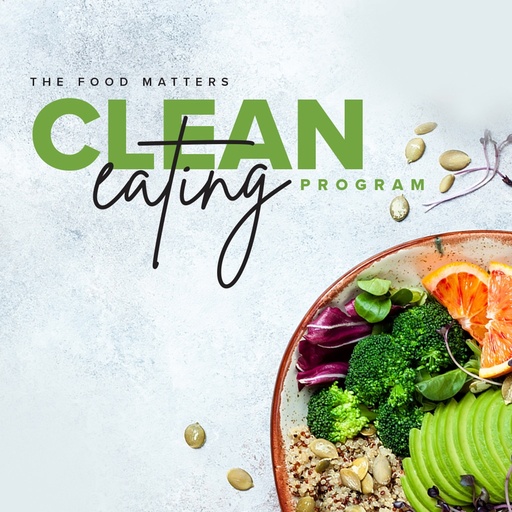Are vitamins just expensive urine?
Edited by Dr Andrew Saul as featured in Food Matters

Ever heard this one before? "Your body doesn't absorb extra vitamins. All you get from taking vitamin supplements is expensive urine." Sure you have. And you still will, at websites such as http://www.americanchronicle.com/articles/67769 and even the BBC http://news.bbc.co.uk/1/hi/health/109881.stm. Some people will tell you that any vitamin consumption higher than the lowly RDA is simply a "waste of money."
"Expensive urine." It is an old saw, and one terrific sound byte. Too bad it is also false.
Urine is what is left over after your kidneys purify your blood. If your urine contains, say, extra vitamin C, that vitamin C was in your blood. If the vitamin was in your blood, you absorbed it just fine. It is the absence of water-soluble vitamins in urine that indicates vitamin deficiency. If your body excretes vitamins in your urine, that is a sign that you are well-nourished and have nutrients to spare. That is good.
Here's another way to think of it: Standing at the base of the Hoover Dam looking up, you cannot tell how much water is behind it. However, by observing the overflow spillway, you can tell. If the spillway is dry and dusty, full of tumbleweeds and foxes are making their dens, there has been a drought for some time, and the water level in the dam must be low. If water is pouring down the spillway, the dam must be full. "Waste" indicates fullness, just as an overflowing cup is unmistakably a full cup. Urine spillage of vitamins indicates nutritional adequacy. A lack of water-soluble vitamins in the urine indicates inadequacy.
"Expensive urine," writes veteran nutritional reporter Jack Challem, is "a bizarre argument because a $50 restaurant meal and a bottle of fine wine also lead to expensive urine, but no one seems to be complaining about those things. Numerous studies have shown, however, that vitamin supplements do increase people's blood levels of those nutrients." (1)
Former faculty member at the University of Auckland Michael Colgan, PhD, measured how much vitamin C is actually used with increasing daily doses. He found that "Only a quarter of our subjects reached their vitamin C maximum at 1,500 mg a day. More than half required over 2,500 mg a day to reach a level where their bodies could use no more. Four subjects did not reach their maximum at 5,000 mg." Indeed, says one commentator, "Increasing vitamin C intake from 50 mg to 500 mg tends to double serum vitamin C levels. Increasing intake to 5,000 mg a day will double serum levels again." (2)
Time for a Second Opinion?
Thomas Levy, MD, JD, a board-certified cardiologist, says "There's a popular medical view that taking vitamin C just makes expensive urine. Some of it is lost in urine, but the more you consume, the more stays in your body." (3)
William Kaufman, MD, a physician with a PhD in nutritional biochemistry as well, wrote: "Those who believe that you can get all the nourishment including vitamins and minerals you need to sustain optimal health throughout life from food alone can be very smug. They have the equivalent of an orthodox religious belief: "food is everything." They don't have to concern themselves with the fact that the nutritional value of foods their patient eats may be greatly inferior to the listed nutritional values given in food tables. . . The two-liner 'We get all the vitamins we need in our diets. Taking supplements only gives you an expensive urine' completely overlooks the benefits vitamin supplements can produce in our bodies before being excreted in our urine." (4)
Expensive Breath?
We all know that we breathe in oxygen and breathe out carbon dioxide. We also breathe out oxygen, and quite a lot of it, too. Inhaled air is about 21% oxygen. We typically consume only about a quarter of that. So exhaled breath is approximately 15% oxygen. (5) Exhaled breath has enough oxygen for CPR to save lives. That also must mean that scuba divers have "expensive breath." For that matter, oxygen-tent patients from preemies to geriatric patients, and those receiving surgical anesthesia all receive far more oxygen than their bodies can actually use. We do not consider that a waste; we consider that a good idea. Abundance is not a bad thing.
Expensive "Drug Urine"?
"When it comes to really expensive urine," says one editorial, "doctors fail to look at the cost of all those pharmaceuticals and chemotherapy drugs they're shoving down the throats of patients. Those drugs are excreted through the urine, too, and when you add up the cost of those, just the financial cost, not even counting the cost in devastating side effects, they far outweigh the cost of eating healthy foods and taking supporting supplements." (6)
Dr. Kaufmann adds: "During the early part of World War II, GI's treated with penicillin had to save all their urine so that the penicillin which had been excreted in their urine could be recovered and then used to treat other GI's with life threatening wound infections. If one only considered the penicillin that was excreted in the urine and not the benefits that the GI had in having his infection cured by penicillin, one could sneer that penicillin's only function was to give the GI expensive urine. If one considered only the function of penicillin in the GI's body, one would have to marvel at the miracle of its curing a potentially lethal infection." (4)
Good nutrition saves lives. The therapeutic use of vitamin supplements, to both treat and prevent serious diseases, has tens of thousands of scientific references to support it. (7) Can all of those researchers and physicians be dumber than the reporter you may have just have heard intone that "vitamins just give you expensive urine"?
So many of us modern-day people are deficit eaters, attempting to obtain our vitamins from a selection of nutritionally weak foods. Foods alone cannot meet our vitamin needs for optimum health. Vitamin supplements are the solution, not the problem. Good health is not about the vitamins you excrete; it's about the vitamins you retain.
To see a full list of references for this article and to view the article at it’s original source please go to http://www.orthomolecular.org/resources/omns/v04n21.shtml










